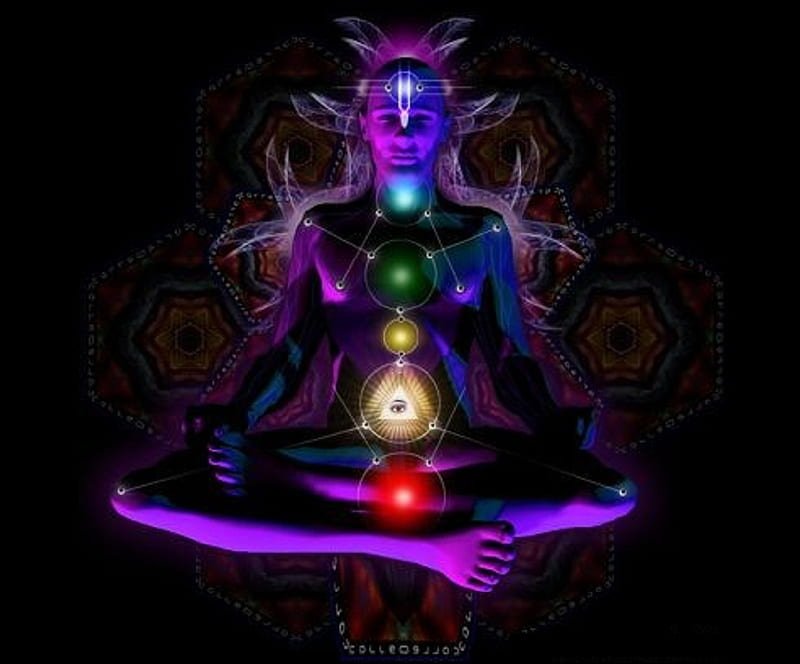Tinnitus, commonly described as ringing in the ears, affects millions of people worldwide. The constant noise—be it ringing, buzzing, or whistling—can disrupt daily life and even lead to stress, anxiety, or difficulty sleeping. While there is no definitive cure for tinnitus, several treatments aim to reduce the severity of symptoms. One promising option is sound therapy for tinnitus.
This blog post will explore how sound therapy works, how it can help with tinnitus, and what tools and techniques are available. We’ll also address different types of sound therapy, including music therapy for tinnitus, sound therapy machines, and sound frequency therapy. Whether you’re new to this subject or seeking more advanced insights, this guide will help you understand how sound therapy can improve your quality of life.
What Is Tinnitus?
Before diving into sound therapy, it’s essential to understand what tinnitus is. Tinnitus is not a condition itself but a symptom of an underlying issue, usually involving hearing loss, ear injuries, or circulatory problems. People with tinnitus hear sounds that aren’t present in the external environment. These sounds can be ringing, buzzing, hissing, or clicking, and they may be constant or intermittent.
For some, the sounds are merely an annoyance, but for others, tinnitus can severely impact their concentration, mood, and sleep. Since tinnitus is subjective—only the person experiencing it can hear the noise—it can be challenging to treat.
What Is Sound Therapy?
Sound therapy involves using external sounds to help reduce the perception of tinnitus. The idea is to distract the brain from focusing on the internal noises caused by tinnitus. This form of treatment aims to retrain how the brain processes sound, offering relief from the constant noise.
There are various types of sound therapy, each with its benefits. These therapies typically use white noise, nature sounds, music, or specific sound frequencies to mask or reduce the perception of tinnitus. Let’s explore the different types of sound therapy for tinnitus.
1. White Noise Therapy
One of the most common forms of sound therapy is white noise therapy. White noise is a continuous, static sound that helps mask other sounds, including tinnitus. By drowning out the ringing in your ears with a more neutral sound, white noise can make tinnitus less noticeable, especially in quiet environments.
White noise machines are readily available and can be used at night to help improve sleep quality. Many people with tinnitus find relief by listening to white noise during work or relaxation periods.
2. Music Therapy for Tinnitus
Music therapy for tinnitus is another effective approach. This form of therapy uses soothing music to help alleviate the perception of tinnitus. Unlike white noise, which is static, music provides more engaging, pleasant sounds that the brain can focus on, distracting it from tinnitus.
Research suggests that customized music therapy, where specific frequencies are removed from the music to match the tinnitus tone, can be especially effective. This type of therapy helps the brain “unlearn” the tinnitus sound and reduces its prominence.
Music therapy offers more than just sound masking; it has the added benefit of reducing stress and anxiety, two factors known to worsen tinnitus symptoms.
3. Sound Therapy Machines
Sound therapy machines come in various forms, including sound generators, white noise machines, and apps that produce sounds designed to help with tinnitus. These devices often produce a range of soothing sounds like ocean waves, rainfall, or forest ambiance to create a calming environment that masks tinnitus.
The versatility of sound therapy machines makes them suitable for different settings, including home, work, or while on the go. Some machines are even designed for nighttime use, providing relaxing sounds that can help you fall asleep faster despite the tinnitus.
Many modern sound therapy machines allow you to adjust the frequency and volume, tailoring the experience to your specific needs.
4. Sound Frequency Therapy
Another innovative approach is sound frequency therapy. This method uses specific sound frequencies to interact with the brain’s auditory pathways. The goal is to help the brain “retune” its perception of sound and, in some cases, reduce the severity of tinnitus.
Sound frequency therapy is more advanced and usually requires consultation with a specialist, such as an audiologist. They can create a sound therapy plan using specific tones or frequencies that can potentially diminish the tinnitus sound over time. Some forms of sound frequency therapy are delivered through headphones or small devices that play the prescribed frequencies directly into the ear.
How Does Sound Therapy Help?
Sound therapy helps in several ways:
- Masking the Tinnitus: By introducing external sounds, sound therapy makes the internal ringing less noticeable.
- Returning the Brain: Sound therapy aims to retrain the brain to filter out the tinnitus sound by focusing on more pleasant or neutral sounds.
- Reducing Stress and Anxiety: Tinnitus often becomes more noticeable during stress or anxiety. By providing calming sounds, sound therapy helps reduce these emotions, indirectly alleviating tinnitus symptoms.
- Improving Sleep: The quiet of the night can make tinnitus more apparent. Sound therapy offers a background sound that makes it easier to fall asleep despite the ringing in your ears.
Who Can Benefit from Sound Therapy?
Sound therapy can be beneficial for a wide range of people experiencing tinnitus. Whether your symptoms are mild or severe, sound therapy provides a non-invasive, drug-free option to help manage your condition.
People who may particularly benefit from sound therapy include:
- Those with tinnitus related to hearing loss
- Individuals who experience stress or anxiety related to their tinnitus
- People who have difficulty sleeping due to tinnitus
- Those who find the constant ringing disruptive during work or social activities
Combining Sound Therapy with Other Treatments
It’s important to note that while sound therapy can significantly reduce the perception of tinnitus, it is often most effective when used in combination with other treatments. For example, cognitive-behavioral therapy (CBT) has been shown to help people manage the emotional effects of tinnitus. In some cases, using sound therapy alongside hearing aids or medication may offer better overall relief.
Choosing the Right Sound Therapy
When it comes to sound therapy, there’s no one-size-fits-all solution. Different people respond better to different types of sound therapy, and it may take some trial and error to find the best approach for your tinnitus.
Here are a few tips for selecting the right sound therapy:
- Consult a Specialist: An audiologist can help tailor a sound therapy plan based on your specific needs.
- Try Different Options: Experiment with white noise, nature sounds, or music to see which type provides the most relief.
- Consider a Sound Therapy Machine: If you’re looking for a convenient, portable solution, a sound therapy machine may be ideal.
- Monitor Your Progress: Keep a journal of how your tinnitus responds to different therapies and adjust your approach as needed.
Conclusion
Living with tinnitus can be challenging, but sound therapy offers a practical and effective way to manage its symptoms. Whether you choose white noise, music therapy, or sound frequency therapy, the key is finding what works best for you. By masking the tinnitus and retraining the brain to focus on external sounds, sound therapy can provide significant relief and improve your quality of life.
If you’re struggling with tinnitus, consider sound therapy as a non-invasive, accessible treatment option. Remember, finding the right solution
may take time, but with patience and persistence, you can reduce the impact of tinnitus on your daily life.




